With the implementation of the Energy Law of the People’s Republic of China in 2025 and the advancement of market-oriented reform of feed-in tariffs for new energy sources, CSP has entered a critical period of development. On 13 August, at the 2025 China CSP Conference, eight leading experts held a dialogue on the theme “Development pathways for CSP during the 15th Five-Year Plan under market-oriented reform of new-energy tariffs.” The session was moderated by Mr Sun Rui, a National Master of Engineering Design and Senior Advisor to the Electric Power Planning & Engineering Institute (EPPEI).
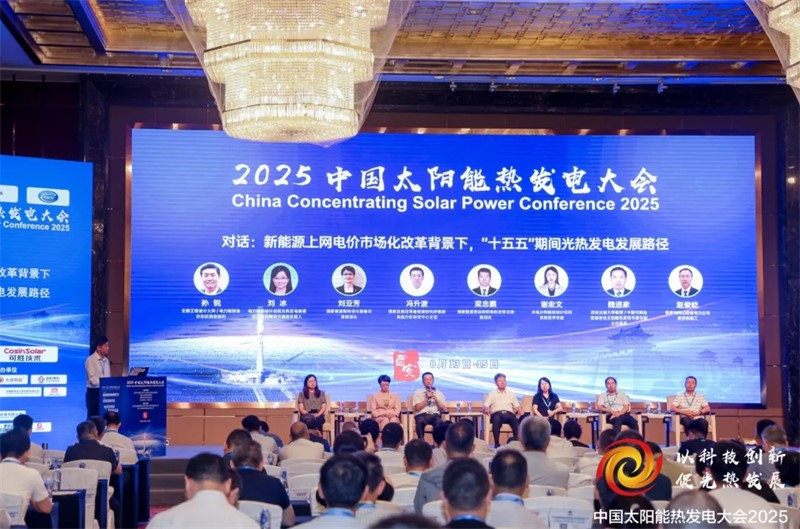
I. Room for Survival and Value Recovery
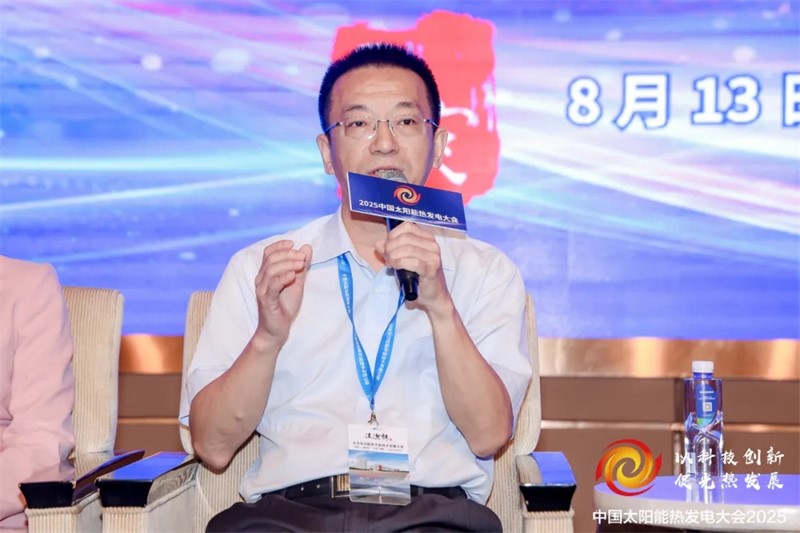
Dr Feng Shengbo, Director of the Energy System Analysis Research Center at the Energy Research Institute of the National Development and Reform Commission, observed that the current electricity market does offer CSP a certain niche, yet intensifying competition from other renewables means its advantages in flexible dispatch and regulation remain undervalued, while costs remain high. He recommended leveraging capacity-compensation mechanisms and the ancillary-services market, establishing multi-cycle trading models similar to those for coal-fired power, and clarifying market rules to secure reasonable returns.
II. Exploring Scalable Development Strategies
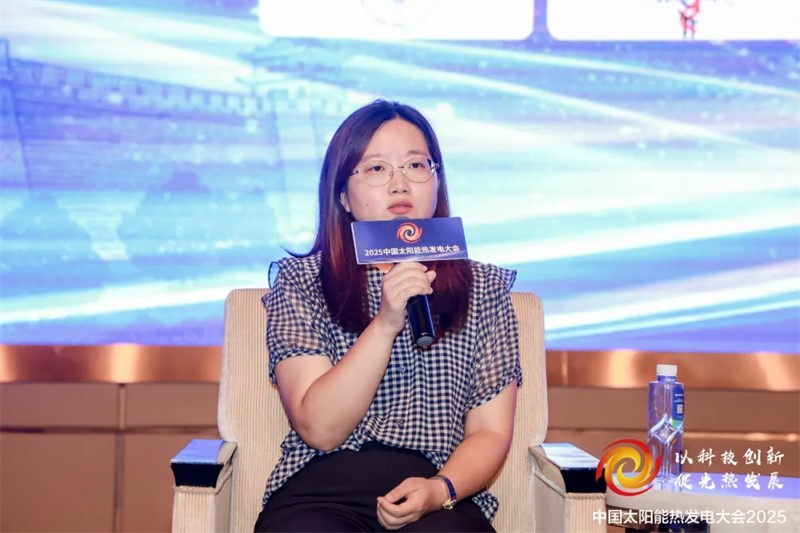
Dr Liu Bing, who leads EPPEI’s research program on large-scale CSP strategies, proposed three deployment models for the 15th Five-Year Plan:
1. Replacing one or two coal-fired units within desert, Gobi and barren-land renewable energy bases.
2. Serving as an evening-peak regulating resource in certain provinces—e.g., adding 1 GW per year in Qinghai would have only a marginal impact on electricity costs.
3. Constructing self-contained, CSP-supported energy-supply systems that deliver high-purity green power through direct green-electricity connections.
With large-scale deployment, the levelised cost of electricity (LCOE) for CSP could fall to 0.40–0.45 yuan/kWh.
III. Policy Support Requirements
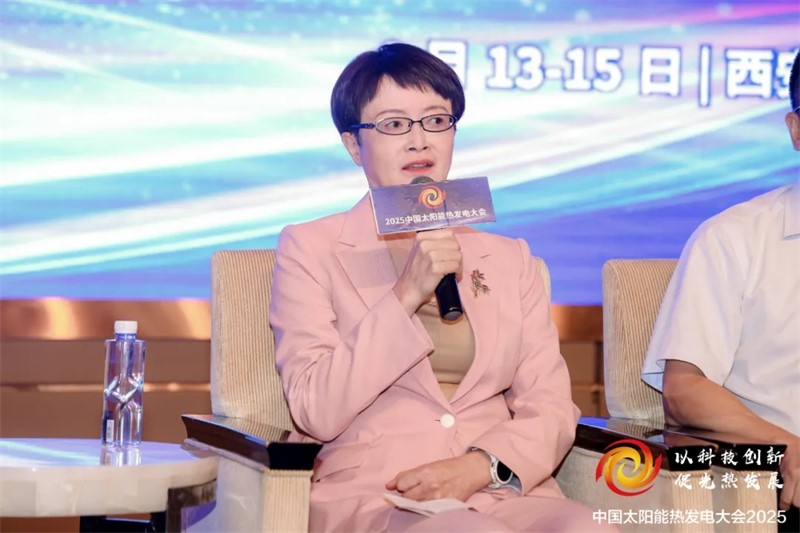
Dr Liu Yafang, former Deputy Director-General of the Science & Technology and Equipment Department of the National Energy Administration (NEA), stressed the need to dispel the notion that “CSP is inherently expensive” and to recognise its value in long-duration storage and system regulation. Policies should grant CSP the same capacity pricing or subsidies accorded to coal power and pumped-storage hydro. Ultra-long-term government bonds and tax incentives should be used to reduce costs; market mechanisms should optimise dispatch and enable participation in ancillary-service markets; and integrated wind-solar-CSP-storage applications should be expanded.
IV. Performance Requirements for System Regulation
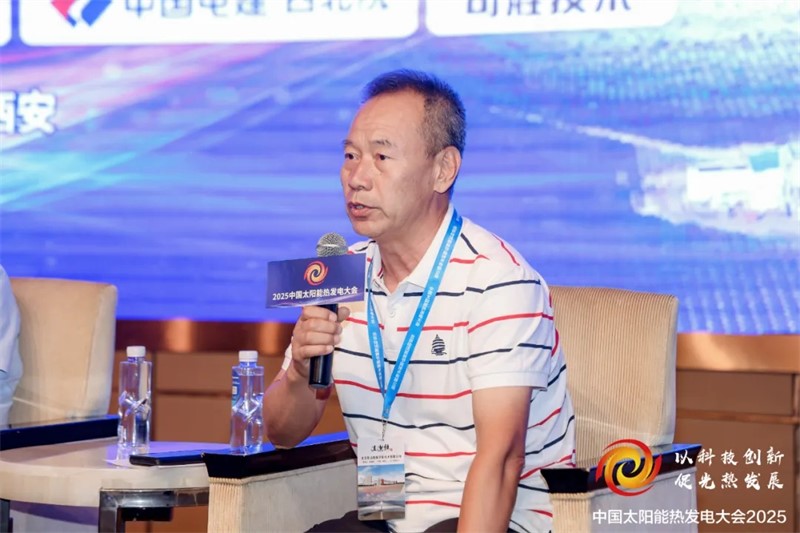
Prof Zhao Junyi, a senior engineer with State Grid Shanxi Electric Power Company, noted that CSP must possess deep peak-shaving and rapid-response capabilities to meet the needs of northwestern power grids. As a scarce regulating resource and regional stability support for new-type power systems, CSP must be commercialised and scaled up as soon as possible to demonstrate its value.
V. Directions for Energy-System Development
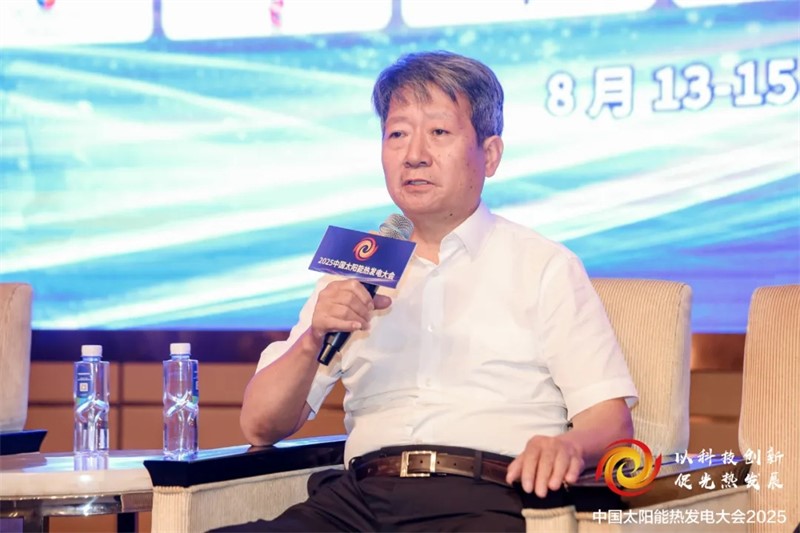
Dr Liang Zhipeng, former Deputy Director-General of the NEA Department for Legal & Institutional Reform, pointed out that under “dual-carbon” targets, local governments need to accommodate regulating power sources such as CSP. In northwestern bases, CSP is expected to substitute for some coal-fired capacity. Coordinated deployment with wind and solar can enhance grid accommodation capacity and ease peak-shaving pressure. The key lies in cost reduction and efficiency gains, avoiding competition based on single technologies and building a “collaborative” energy system.
VI. Market Competition Policies and Mechanisms
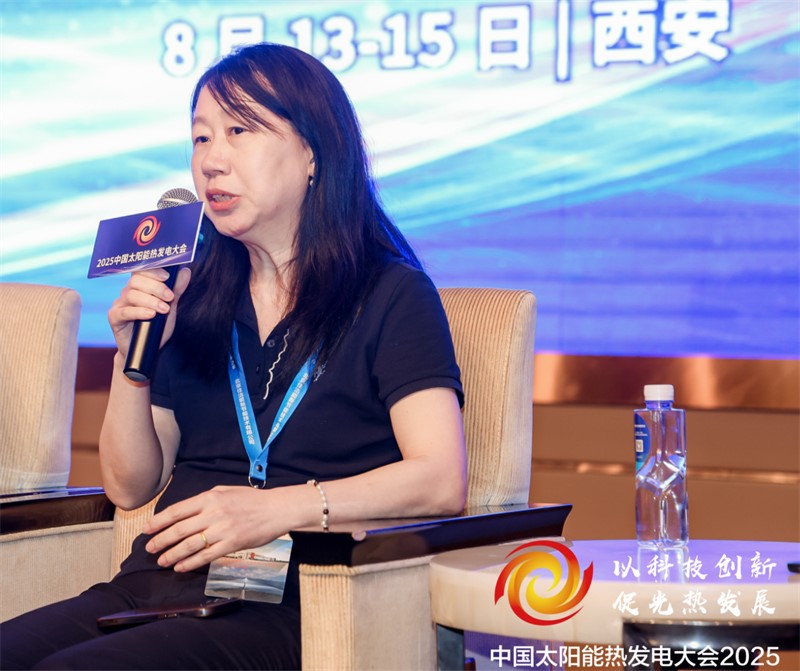
Xie Hongwen, Chief Technical Expert of the China Renewable Energy Engineering Institute (CREEI), recommended that CSP participate in capacity trading on the same footing as coal power and adopt a two-part tariff (“capacity + energy”). Clear criteria for participation in spot and ancillary-service markets should be established, and revenue channels should be diversified through “CSP-plus” multi-energy-complementarity projects.
VII. Focal Points for Technological Innovation
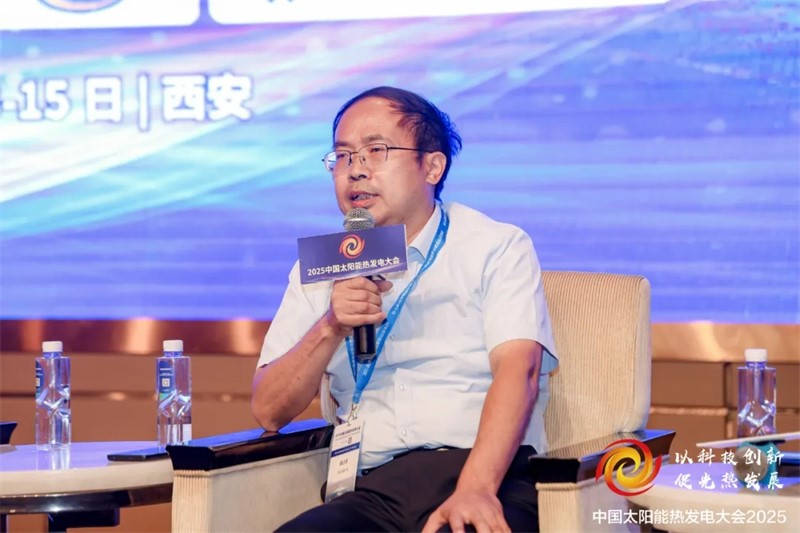
Prof Wei Jinjia, Vice-Chair of the CSP Committee of the Chinese Renewable Energy Society and a professor at Xi’an Jiaotong University, argued that innovation should focus on: optimising concentrating and heat-collection systems to raise efficiency; developing high-temperature, low-cost materials; promoting integrated wind-solar-CSP-storage systems and small modular designs; and mitigating technical risks such as overheating and molten-salt corrosion.
Conclusion
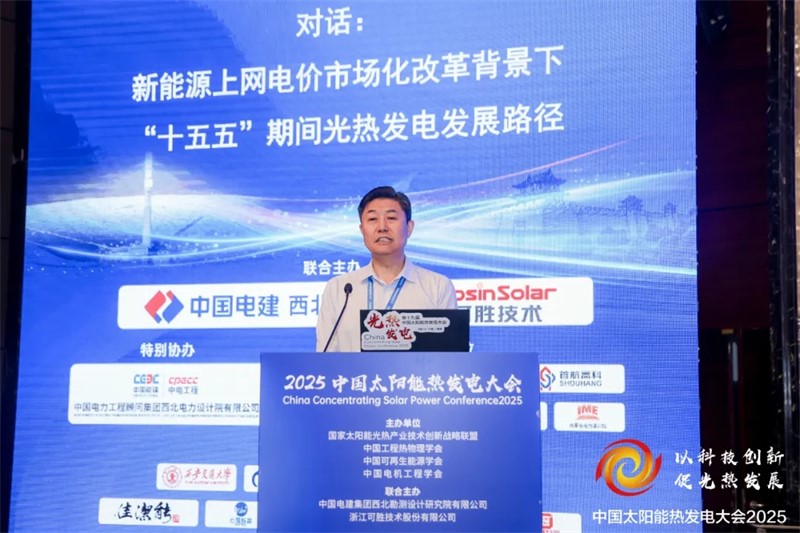
Sun Rui summarised that China’s CSP sector has achieved notable success and has entered the market-development stage. Local governments should enact favourable implementation rules, and the industry must continue to cut costs and improve efficiency.
The experts agreed that synergy among policy mechanisms, economies of scale and technological innovation is the key to CSP’s breakthrough during the 15th Five-Year Plan, catalysing the optimisation of China’s energy mix and the stability of its power system.


